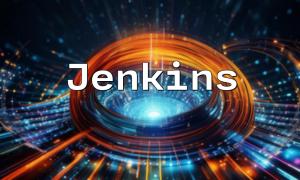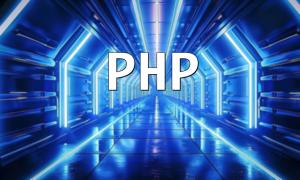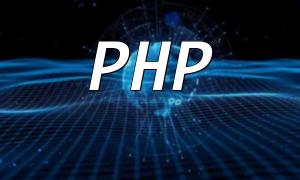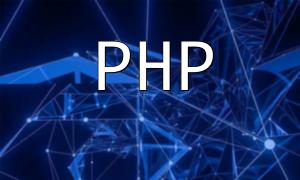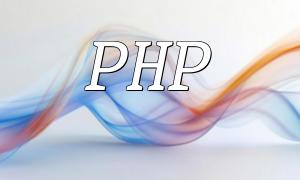Jenkins is an open-source continuous integration tool that supports automated building, testing, and deployment. It can integrate with various source control management tools, such as Git, and offers a rich ecosystem of plugins to meet diverse automation needs.
Git is a distributed version control system that allows developers to manage code versions efficiently through branching, merging, and conflict resolution. It enables team collaboration on a single project, improving workflow and productivity.
To integrate Jenkins with Git, you need to install and configure the appropriate Git plugin on your Jenkins server, such as the GitLab Plugin or GitHub Plugin. This allows Jenkins to pull code from a specified Git repository and execute automated tasks.
Once Git is integrated, you can create a Jenkins pipeline to automate the CI/CD process. A typical Jenkins pipeline consists of multiple stages, each performing different tasks such as building, testing, and deploying. Here's an example configuration:
pipeline {
agent any
stages {
stage("Build") {
steps {
sh "composer install"
sh "php artisan key:generate"
}
}
stage("Test") {
steps {
sh "phpunit"
}
}
stage("Deploy") {
steps {
sh "rsync -avz --delete dist/ user@example.com:/var/www/html/my_app"
}
}
}
}Jenkins pipelines can be triggered in several ways:
In each pipeline stage, Jenkins will perform specific tasks:
Integrating Jenkins with Git offers several key advantages:
Integrating Jenkins with Git is crucial for optimizing the PHP project development process. By setting up a robust CI/CD pipeline, development teams can automate workflows, improve code quality, and deliver high-quality software faster and more reliably.
